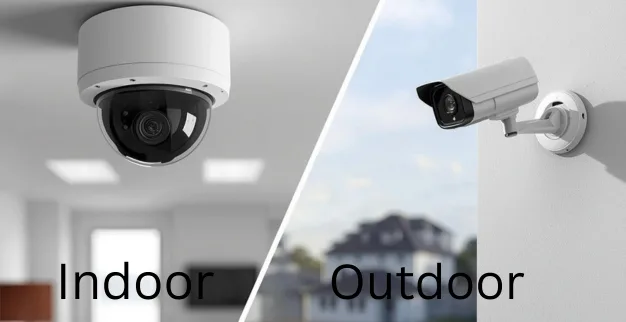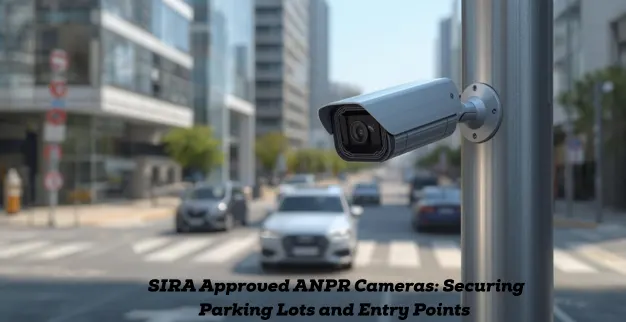Setting Up Indoor vs. Outdoor CCTV Cameras: What You Need to Know
By: Ganesan D
18 Sep 2025
Category: CCTV Security
1. Understand the Purpose of Each Camera Type
Indoor Cameras: Focus on monitoring employee activity, customer behavior, and internal security.
Outdoor Cameras: Designed for perimeter security, vehicle monitoring, and preventing intrusions before they occur.
2. Consider Environmental Conditions
Indoor Cameras: Protected from weather but still need stable lighting and positioning.
Outdoor Cameras: Must be weatherproof (IP66/IP67), resistant to dust, rain, and extreme temperatures.
3. Pay Attention to Camera Design
Indoor Cameras: Dome cameras are common—compact, discreet, and less intrusive.
Outdoor Cameras: Bullet or PTZ cameras with strong housings are better for visibility and deterrence.
4. Lighting and Night Vision Requirements
Indoor Cameras: Usually operate under consistent lighting; IR or low-light support may be optional.
Outdoor Cameras: Require infrared night vision or advanced low-light technology to capture clear footage at night.
5. Field of View and Placement
Indoor Cameras: Placed at entrances, cash counters, hallways, and storage rooms.
Outdoor Cameras: Positioned at gates, parking areas, perimeter walls, and building exteriors for wider coverage.
6. Power and Connectivity Needs
Indoor Cameras: Easier wiring with direct access to power outlets or PoE switches.
Outdoor Cameras: Require weather-sealed cables, surge protection, and sometimes solar or backup power solutions.
7. Storage and Recording Considerations
Indoor Cameras: Footage is often stored locally or on the main NVR/DVR.
Outdoor Cameras: Higher resolution and longer recording hours may demand larger storage and cloud backup options.
8. Durability and Maintenance
Indoor Cameras: Minimal wear and tear, with easier access for maintenance.
Outdoor Cameras: Need regular cleaning, inspection, and stronger mounts to withstand harsh environments.
9. Compliance and Privacy Rules
Indoor Cameras: Must be installed in compliance with workplace privacy laws. Avoid areas like restrooms and private offices.
Outdoor Cameras: Should follow local laws regarding public space surveillance and neighboring property visibility.
10. Cost and Investment
Indoor Cameras: Generally cheaper due to simpler designs and lower protection levels.
Outdoor Cameras: Higher cost but justified by durability, advanced features, and broader coverage.
Conclusion
Both indoor and outdoor CCTV cameras serve essential but different roles in a complete security system. Indoor cameras improve accountability and workplace safety, while outdoor cameras provide strong deterrence and perimeter protection. By considering environment, design, storage, and compliance, you can ensure your CCTV system is effective in every location.



